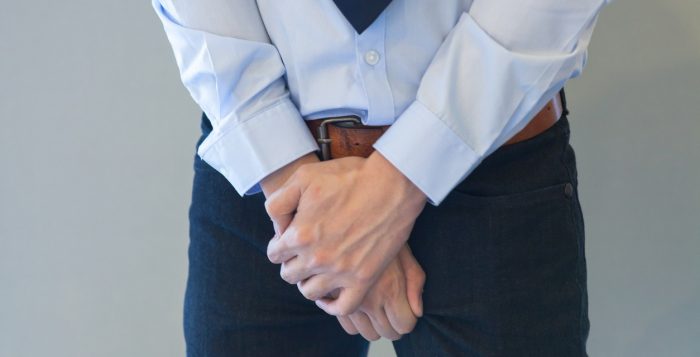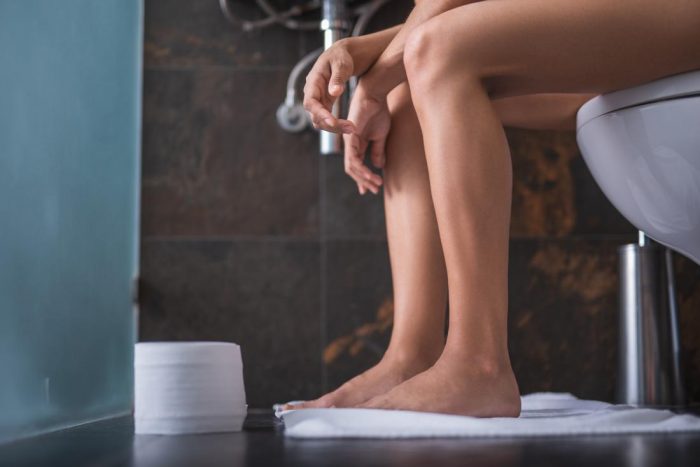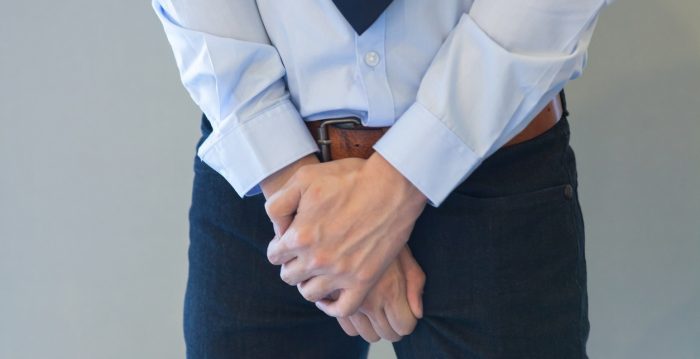Sexual problems are more common in postmenopausal women, which suggests that menopause can reduce libido.
The reduced sex drive is often caused by decreased estrogen levels, which can dampen arousal and result in sex being more painful.
In this article, we look at how menopause might affect someone’s sex drive, along with what can be done to improve libido.
Menopause and libido
What is menopause?
Menopause refers to when a woman stops having her period permanently, but it can affect more than a woman’s menstrual cycle.
Menopause can cause physical and emotional changes that impact a woman’s life, including her sex life.
Some symptoms and side effects associated with menopause include:
- anxiety
- bladder control issues
- decreased sex drive and desire (libido)
- depression
- difficulty sleeping
- thinning hair
- weight gain
Each of these effects can impact a woman’s quality of life and relationship with her partner.
What is libido?
Libido refers to sexual interest and sexual enjoyment.
Some women going through menopause report reduced libido, but the causes vary from person to person.
According to one review, the reported rates of sexual problems in postmenopausal women are between 68 and 86.5 percent.
This range is much higher than in all women in general, which is estimated to be between 25 and 63 percent.
Why does menopause affect libido?
Decreased estrogen levels can result in reduced blood flow to the vagina, which can cause the tissues of the vagina and labia to become thinner. If this happens, they become less sensitive to sexual stimulation.
Decreased blood flow also affects vaginal lubrication and overall arousal. As a result, a woman may not enjoy sex as much and may have difficulty achieving orgasm. Sex may be uncomfortable or even painful.
Fluctuating hormone levels during perimenopause and menopause can also affect a woman’s mental health, which in turn, may cause a decrease in her libido.
Stress can also impact a woman’s libido, as she may be juggling a job, parenting, and be caring for aging parents. The changes in hormone levels a woman may experience during menopause may make her irritable or depressed, so dealing with everyday stress may feel more difficult.
According to an article published in the Journal of Women’s Health, women who have more significant side effects associated with menopause are more likely to report lower libido levels.
Examples of these side effects include hot flashes, depression, anxiety, trouble sleeping, and fatigue.
Other factors that make a woman going through menopause more likely to experience a reduced libido include:
- history of chronic health conditions, such as heart disease, diabetes, or depression
- history of smoking
- engaging in low levels of physical activity
A woman should talk to her doctor about how these conditions could affect her sex drive.
Tips for improving libido
There are several steps a woman can take to increase her libido. These include medical treatments, lifestyle changes, and home remedies.
Medical treatments

If a woman experiences changes to her vaginal tissue, such as thinning and dryness, she may wish to consider estrogen therapy.
Prescription estrogen can be applied directly to the vagina in the form of creams, pills, or vaginal rings. These usually contain lower doses of estrogen than regular birth control pills.
Some women may wish to take estrogen pills that contain higher levels of hormones. This treatment, known as hormone replacement therapy, might help reduce symptoms, such as hot flashes and mood changes, but may also carry risks.
A woman thinking about hormone replacement therapy should discuss it with her doctor before starting to take any medication.
One study found that women using hormone therapies reported higher levels of sexual desire compared with women who did not.
Less commonly, a doctor may prescribe testosterone therapy. However, not all women respond to this treatment, and the United States Food and Drug Administration (FDA) do not approve it for treating sexual disorders in women.
A woman may not experience any changes in her sex drive after using estrogen or testosterone therapies.
A woman may also choose to see a therapist who specializes in sexual dysfunction or enhancing sex. Sometimes, couples may want to attend therapy together.
Lifestyle changes
Some women may benefit from using water-soluble lubricants during sex. These can be purchased over-the-counter at most drugstores.
However, women should avoid non-water soluble and silicone-based lubricants, as these can break down condoms used to protect against sexually transmitted infections (STIs).
Increasing physical activity, such as getting 30 minutes or more of exercise on a routine basis, may help reduce menopause-related symptoms, including a low libido. Eating a healthful diet can also enhance a person’s overall sense of well being.
Changing sexual habits
There are many ways a person can foster a sense of intimacy with their partner, including:
- Changing sexual routines: Try spending extended periods on foreplay, use vibrators or other sex toys to enhance an intimate experience, or engage in sexual activity or touching without the goal of orgasm.
- Relieving stress together: There are many stress-relieving techniques a couple can do outside of the bedroom to increase intimacy. Examples include going on planned dates together, taking a walk, or spending time doing hobbies together, such as exercise, crafts, or cooking.
- Practicing masturbation: Spending time alone and exploring what types of touch and sexual stimulation work well for an individual can help them talk to a partner about their needs and preferences. It can also help a person feel more comfortable with sexual activity without the pressure of a partner.
Natural remedies
Some women use natural supplements to try to increase their libido. It is important to keep in mind that the FDA do not regulate herbs and supplements, so women should be sure to choose a reputable brand.
Some natural remedies used to increase libido in women include:
- black cohosh
- red clover
- soy
A woman should discuss these remedies with a doctor before taking them to ensure they will not interact negatively with other prescriptions and supplements she may be taking. Soy contains estrogen, so it may react with other estrogen therapies.
When to see a doctor
A woman should speak to her doctor whenever perimenopause or menopause is having a significant impact on her day-to-day activities, including sexual activity.
Sometimes, a doctor can recommend changes in health habits as well as discuss whether prescription medications may help relieve the symptoms, including a low libido.
Speaking with a doctor can also rule out any other underlying medical conditions that may cause a reduced libido. These conditions include urinary tract infections, uterine prolapse, endometriosis, or pelvic floor dysfunction.
Outlook
While some women do experience a decreased libido in menopause, others do not.
Some women may even experience a heightened libido after menopause. This can be due to reduced stresses over pregnancy and fewer child-rearing responsibilities.
If a woman’s libido is impacted after menopause, she should talk to her doctor about treatments that could enhance her quality of life.












